The Douro may well be one of the few wine-growing regions in the world where the human hand has contributed to enhance the natural beauty of the landscape.
Faced with an impossibility, men stood taller and found a huge opportunity.


Douro
In 1756, the Douro became the first demarcated and regulated region in the world.
In 2001, a good part of its 247,000 hectares was certified as UNESCO World Heritage.
Centennial vineyards and new plantations, 114 autochthonous varieties that find their cradle in oftentimes nearly dramatic scenarios.
Schist soils were obtained from the mother rock, protected in terraces and levels that men created so that nature continues to bless, never to destroy.
Baixo Corgo, Cima Corgo, and Douro Superior form its sub-regions.
It is in this last one that Cálem wines are born, where the human epic that made the river navigable to the border with Spain most recently took place.
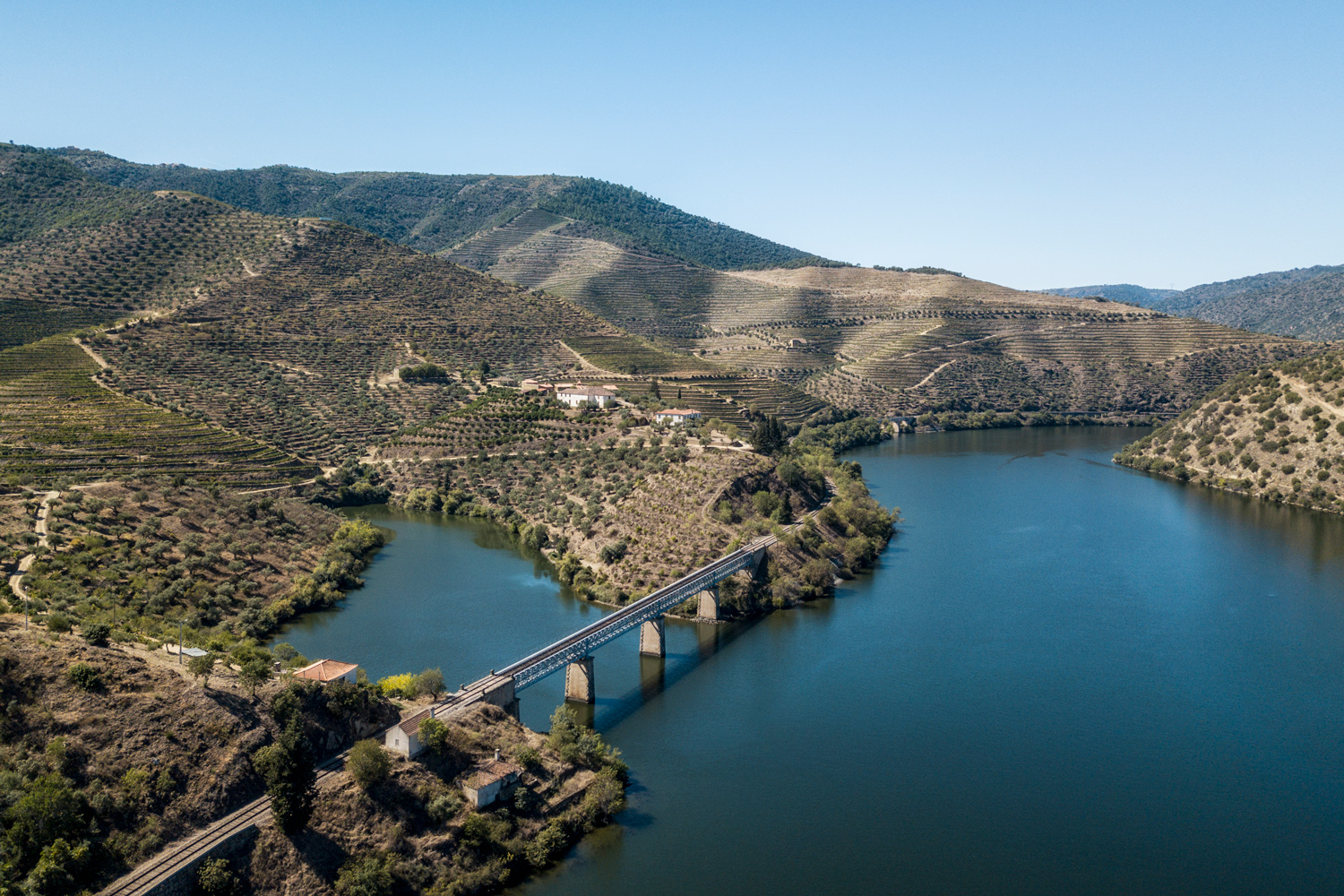
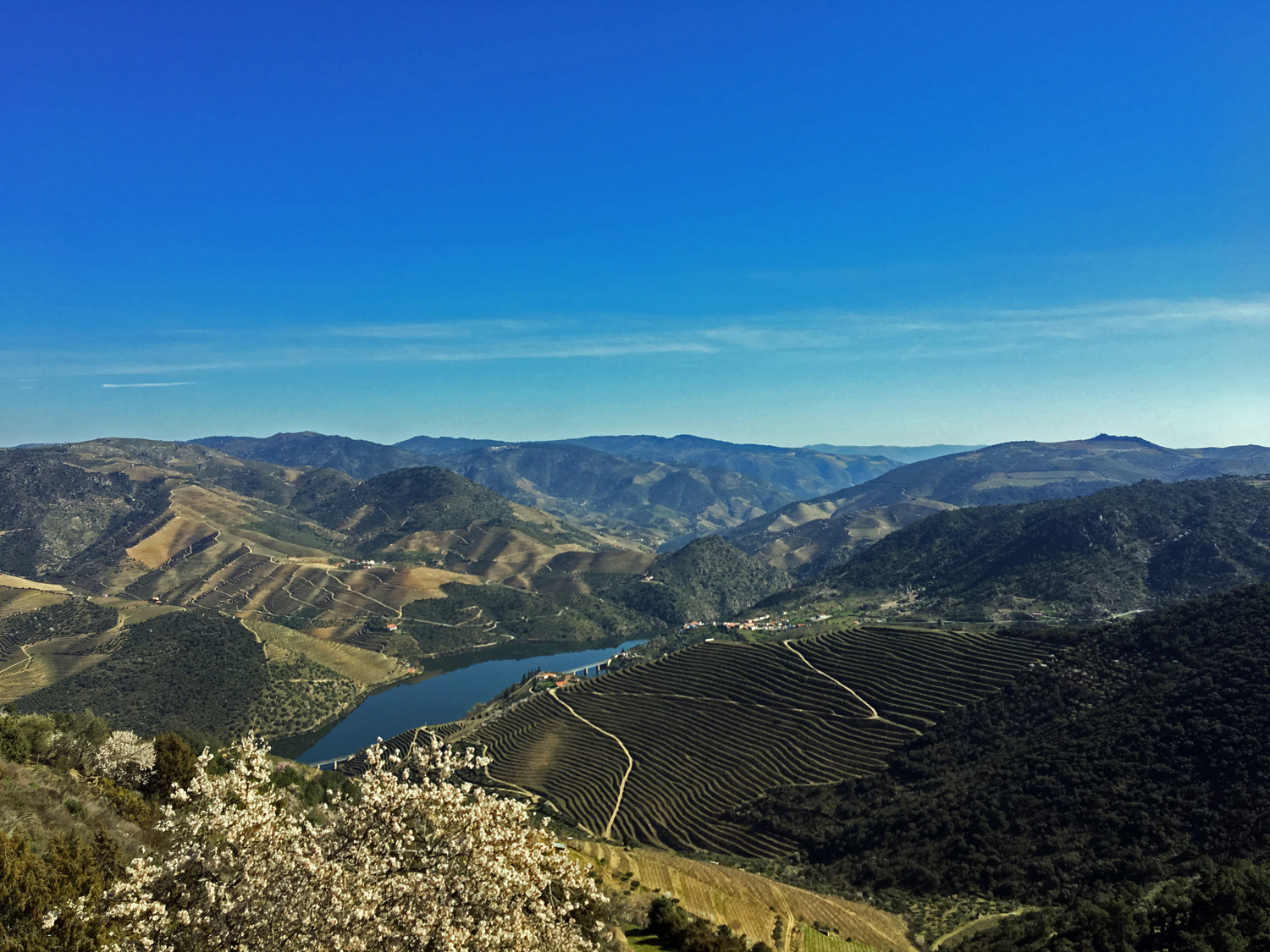
Here nature is wilder, more intimate. While silence echoes around itself, water runs to the sea to the taste of a current overseen by great engineering feats. Whenever we get to high ground, we will listen to the train along our breathing. Then, each time, we will contemplate the natural amphitheater that has been defying dreams for centuries.
This is Cálem’s terroir.
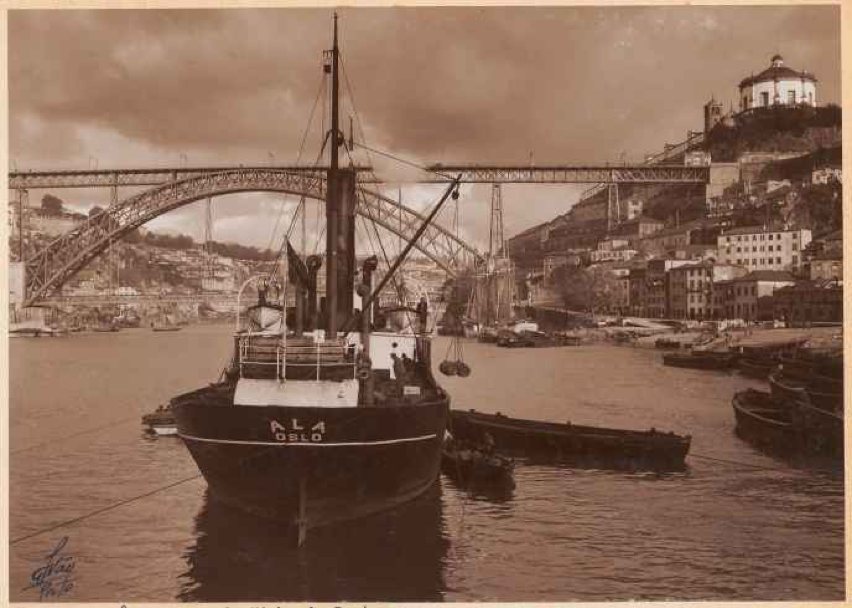
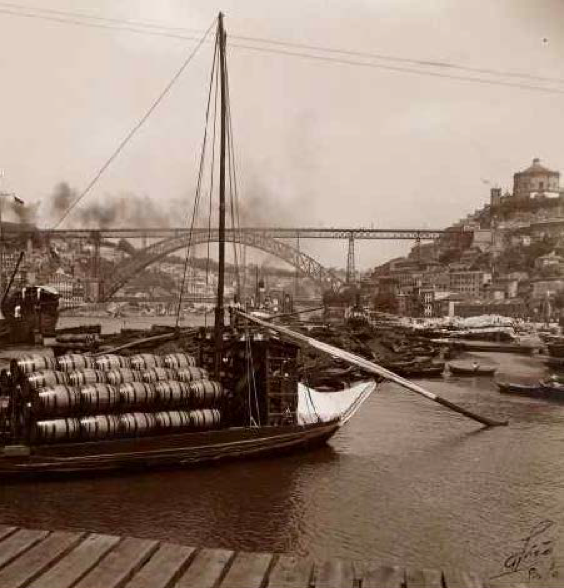
For decades the wines were transported to Vila Nova de Gaia by Rabelo boats, in open defiance to the dangers of a river that was yet to be tamed. Many risked everything in the name of an occupation that few were willing to accept, beginning a tradition of bravery that is still equated with Cálem today.
From the very first moment up to the present day, Cálem wines age in Gaia, in the warehouses of what is one of the most visited Port wine cellars.
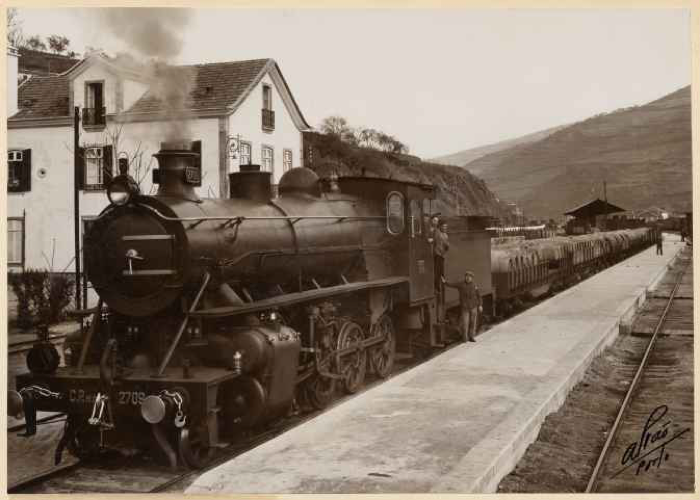
There they benefit from the exceptional conditions of temperature and humidity unique to its location — in between the end of the great river, the Douro, and the beginning of the immense sea, the Atlantic.
Subject to strict quality control, all lots are aged using the traditional methods that have prevailed since 1859. In vats, in oak casks, and in bottles. Without any hurry.

However, we can do nothing to stop the "thirst of the angels," which evaporates an annual average of 3% of the wine ageing in the casks.
As wine is also time,
And true discovery takes time.







